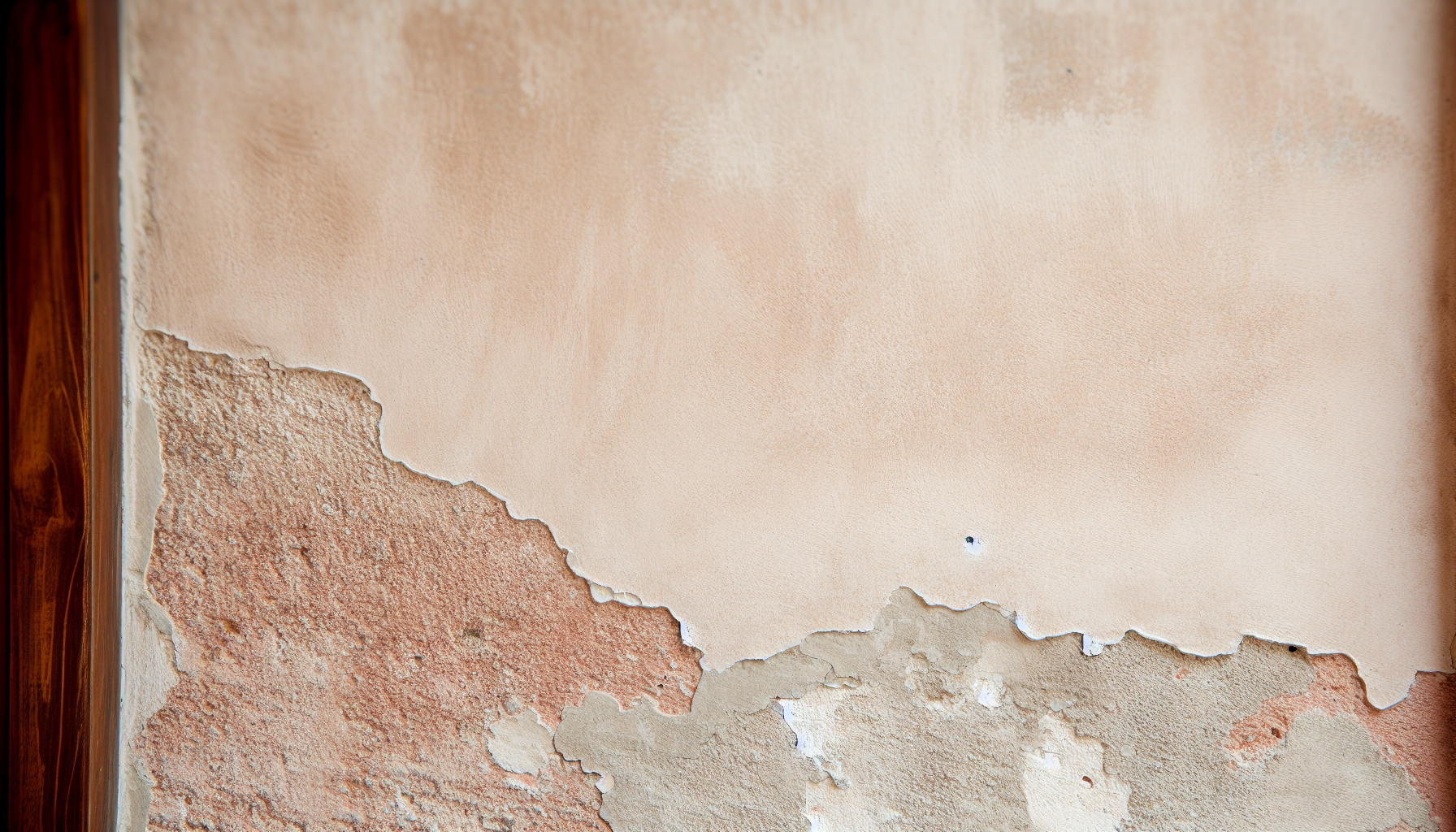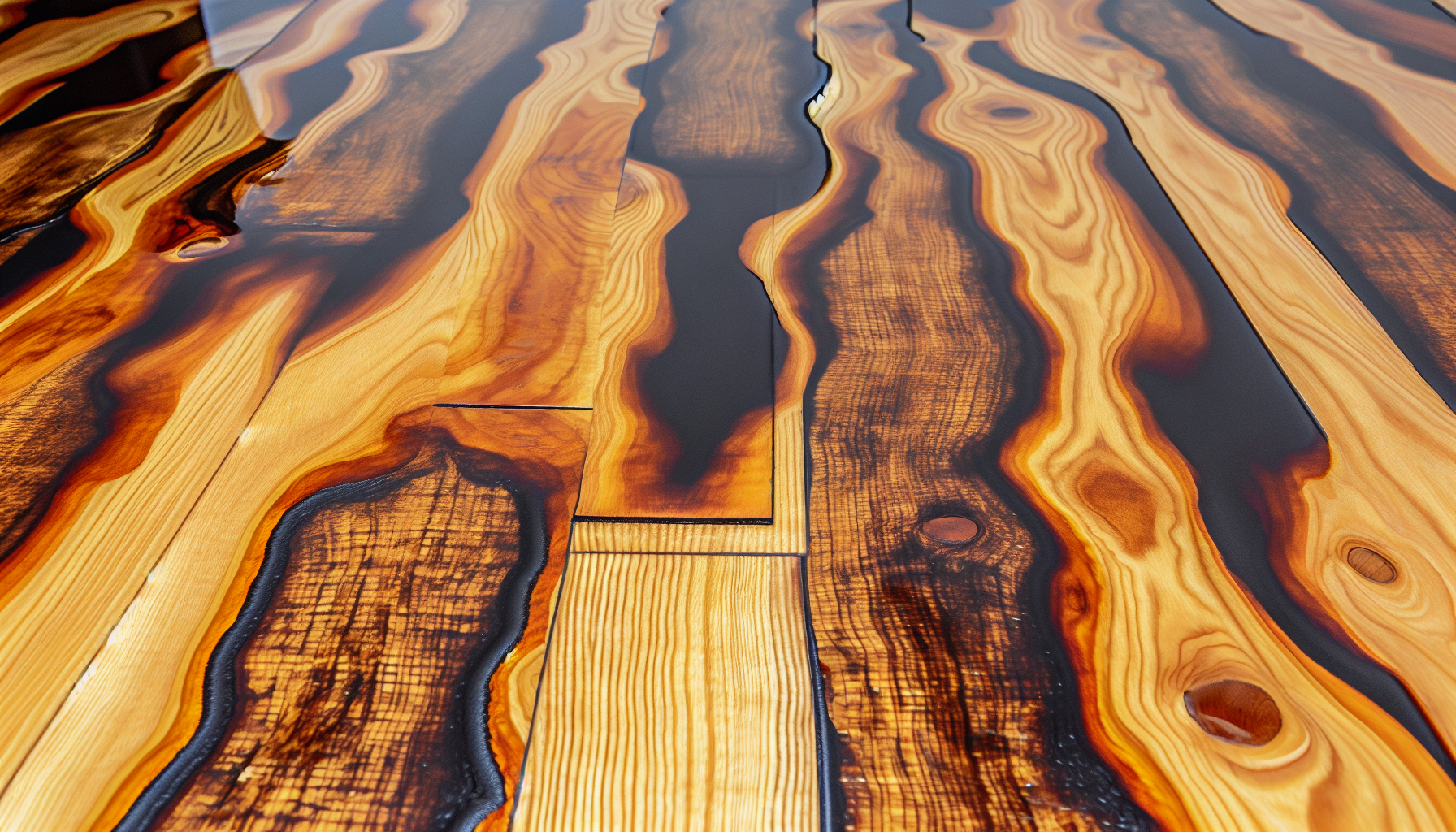Wondering about how do you test for water damage in your home? Discovering water damage early can save time and money, preventing minor issues from becoming major repairs. Whether you’re dealing with a recent leak or a long-term issue, this article will guide you through the signs of water damage and the tools professionals use to detect moisture hidden in walls, floors, and ceilings. Learn also about DIY methods to ascertain water presence and when it’s time to call in experts.
Key Takeaways
-
To detect water damage, look for indicators such as discoloration, stains, swelling, warping, and musty odors inside your home.
-
Employ moisture meters to measure the content of moisture in materials accurately; these devices provide quantitative data to assess and pinpoint water damage beyond what is visible or detectable by smell.
-
In cases beyond DIY solutions, like extensive or hidden water damage and health concerns due to mold, it’s essential to involve professional water damage restoration and mold remediation experts.
Identifying Signs of Water Damage

Water damage doesn’t always announce itself with a splash. Sometimes, the signs are subtle. A stain on a wall, a musty smell, or warped wood might be your only clue. Recognizing these indicators is a primary step in defending your home against water damage.
Discoloration and Stains

One of the most common indicators of water damage is discoloration or stains on walls, ceilings, or floors. This usually takes the form of yellow, brown, or dark spots that seem to appear out of nowhere. These blemishes are the result of water seeping into the material and causing damage.
Paint or wallpaper might start peeling off, and in more severe cases, mold can start to form.
Swelling and Warping

Another telltale sign of water damage is swelling or warping of materials like wood and drywall. This happens when these materials absorb water and start to change shape as a result. While this might not seem like a big deal in the early stages, if left untreated, it can lead to serious structural problems and even pose a safety risk.
Stay vigilant for any alterations in the form of your walls, floors, and ceilings, as these could indicate issues with the building materials used.
Musty Odors
You might not always be able to see water damage, but sometimes, you can smell it. The presence of mold or mildew often manifests through common indicators such as a musty odor. If you notice a persistent musty smell in your home, it’s worth investigating further to determine the source.
Utilizing Moisture Meters

While visual inspection and odor detection are useful techniques, they are not foolproof. To accurately detect water damage, professionals often use moisture meters. These handy gadgets measure the amount of moisture in various materials, helping to pinpoint leaks and damp spots that aren’t immediately apparent.
How Moisture Meters Work
The functionality of moisture meters relies on transmitting an electrical current through the material and gauging the resistance. The resistance varies with moisture content, allowing the meter to provide a quantitative measurement of the amount of moisture present. Some moisture meters use pins to penetrate the material, while others use radio frequencies to detect moisture without causing any damage.
Interpreting Readings
Comprehending the moisture readings on a moisture meter is vital in assessing the degree of water damage. For example, a reading of 5% to 15% is considered normal for wood, while anything above 20% suggests severe water damage. However, it’s important to note that the readings can be influenced by the type and condition of the material, as well as environmental factors like temperature and humidity.
Selecting the Right Moisture Meter
The selection of a moisture meter should be driven by the type of materials to be tested, including porous materials, and the range of moisture levels anticipated. Different types of moisture meters are designed for different materials and conditions, so choose one that suits your needs.
For instance, pin-type meters are more suitable for wood, while pinless meters work well for non-destructive testing of concrete and drywall.
Investigating Potential Water Leaks
In addition to identifying the signs and utilizing tools such as moisture meters, understanding where to inspect for possible water leaks is also essential. These can often occur in places that are out of sight and out of mind, such as behind appliances or within the plumbing system.
Inspecting Appliances
Frequent inspection of your appliances can aid in detecting leaks before they result in substantial damage. Look for signs of moisture or water puddles around connections and hoses, and check for any signs of corrosion. Common culprits include:
-
dishwashers
-
washing machines
-
water heaters
-
garbage disposals
-
refrigerators
-
air conditioners
Examining Pipes and Plumbing
Pipes and plumbing systems too, are typical origins of water leaks. Regularly inspect your pipes for signs of corrosion or water stains, and pay attention to any unusual sounds, such as the sound of running water when all the faucets are off. If you notice any of these signs, it might be time to call in a plumber for a more thorough inspection.
Monitoring Environmental Conditions
Lastly, remain cognizant of your home’s environmental conditions. High humidity levels can exacerbate water damage and encourage mold growth, while low humidity can cause wood and other materials to dry out and crack. Use a hygrometer to monitor the humidity levels in your home, and aim to keep them between 30% and 50% for optimal comfort and damage prevention.
DIY Water Leak Detection Methods
If you suspect a water leak but can’t find the source, don’t worry. You can resort to several DIY techniques to assist in locating the leak. These methods are simple, inexpensive, and can be done without any special equipment.
Listening for Dripping Sounds
Listening for dripping sounds can be a surprisingly effective method for detecting water leaks. At night, when the house is quiet, listen closely for any sounds of running or dripping water. Keep in mind that water can travel along pipes and other structures, so the source of the leak might be some distance from where the sound is heard.
Using Food Coloring
Another simple but effective method for detecting leaks is using food coloring. Simply add a few drops of food coloring to the toilet tank or sink and wait a few minutes. If the color appears in the bowl or basin, you have a leak.
Performing a Water Meter Test
Finally, performing a water meter test can help identify hidden leaks. Here’s how to do it:
-
Turn off all the water in your home.
-
Take a reading from your water meter.
-
Wait for about 15 minutes.
-
Take another reading from your water meter.
-
If the meter has changed, you likely have a leak somewhere in your home.
When to Call the Professionals
Although identifying signs of water damage and self-tracing leaks can be advantageous, situations may arise where professional help is more suitable. If you’re dealing with extensive water damage, hidden leaks, or health concerns related to mold and mildew, it’s time to bring in the experts.
Extensive Water Damage
Should the water damage be widespread, impacting large sections of your home or inflicting serious property damage, the time is ripe to engage a professional water damage restoration company. These professionals have specialized equipment and the necessary expertise to handle large-scale water damage. They can thoroughly dry out your home, preventing further damage and mold growth.
Hidden Water Damage
Hidden water damage can be tricky to deal with. It might be lurking behind walls, under floors, or in other hard-to-reach areas. If you have suspicions of concealed water damage yet the source eludes you, a professional could be of assistance. They have specialized tools and techniques for detecting and dealing with hidden leaks and water damage.
Health Concerns
Lastly, should you or any household member exhibit health symptoms suspected to be linked to mold spores or mildew exposure, a consultation with a health professional and potential engagement of a mold remediation expert for mold testing is recommended, especially in environments that support mold growth.
These professionals can thoroughly clean your home and remove the mold, helping to ensure the health and safety of your household through a mold inspection.
Preventative Measures
Preventive measures always triumph over remedial actions. That’s especially true when it comes to water damage. By taking a few preventative measures, you can greatly reduce your risk of water damage and the costly repairs that come with it.
Regular Maintenance
Consistent maintenance holds the secret to averting water damage. This includes:
-
Regular inspections of pipes, gutters, and downspouts
-
Understanding the operation of the main water shutoff valve
-
Periodic monitoring of water usage and the water meter
Installing Water Leak Detection Devices
The installation of water leak detection devices also presents an effective method of prevention. These devices can notify you of leaks before they cause major damage, giving you a chance to address the problem early on. Consider installing these devices in areas where leaks are likely to occur, such as behind toilets, under sinks, or near your water heater.
Proper Ventilation and Humidity Control
Lastly, ensuring appropriate ventilation and humidity control is crucial in warding off water damage. High moisture concentrations can lead to condensation and mold growth, while poor ventilation can trap excess moisture and exacerbate these problems. Aim to keep the relative humidity in your home between 30% and 50%, and ensure that your home is well-ventilated, especially in areas like bathrooms and kitchens that are prone to moisture.
Summary
In conclusion, identifying and dealing with water damage doesn’t have to be a daunting task. By knowing what signs to look for, using tools like moisture meters, and taking preventative measures, you can protect your home from the damaging effects of water leaks. But remember, if you’re dealing with extensive or hidden water damage, or if you have health concerns related to mold and mildew, it’s always best to call in the professionals.
Frequently Asked Questions
How do you test for water damage to walls?
To test for water damage in walls, pay close attention to the wall texture, look for peeling paint, warping or buckling surfaces, and push on the wall to feel for softness or sponginess in drywall, or slight solidity in wood-sheathed walls. This could indicate a moisture problem.
How do you test for mold after a water leak?
To test for mold after a water leak, look for visible signs of mold, use a moisture meter, conduct a smell test, and consider hiring a professional if needed to ensure the safety of your home and loved ones.
How do I know if I have water damage under my floor?
You can identify water damage under your floor by checking for a spongy feel, warping in hardwood floors, loose sections in tile or laminate, bubbling or peeling in linoleum, and a musty smell. Additionally, loud, squeaking floorboards and cupping, bubbling, or cracking in the floor are signs that the subfloor may need to be replaced.
What are the signs of water damage in a home?
If you notice discoloration or stains on walls, ceilings, or floors, musty odors, or swelling/warping of materials like wood and drywall, it may be a sign of water damage in your home. Take immediate action to address the issue and prevent further damage.
How do moisture meters work?
Moisture meters work by sending an electrical current through the material and measuring the resistance, which varies with moisture content. This allows them to provide a quantitative measurement of the amount of moisture present.



